Introduction to Differentiation (Differential Calculus)
A great way to start learning Calculus through video lectures and quizzes.
4.41 (62 reviews)
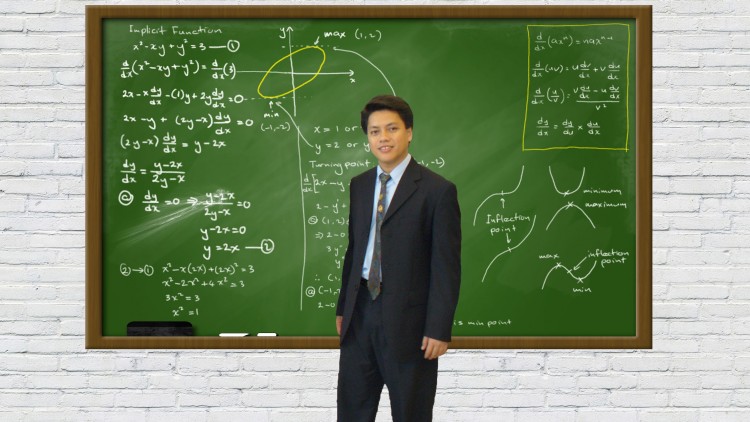
8,384
students
13 hours
content
Apr 2016
last update
$19.99
regular price
What you will learn
Perform raw Differentiation using Limit method
Perform Differentiation using the Prime Formula, Product Rule, Quotient Rule and Chain Rule
Perform Differentiation on Explicit and Implicit Functions
Find the equations of Tangent and Normal Lines to a curve
Perform Higher Order Differentiation
Identify and determine Turning Points, Stationary Points, Maximum Points, Minimum Points and Points of Inflection on a curve using Second Order Derivative
Solve Geometrical problems using Maximum and Minimum values
Find Rates of Change in problems involving Geometry
Approximate results of small changes to the input
Screenshots
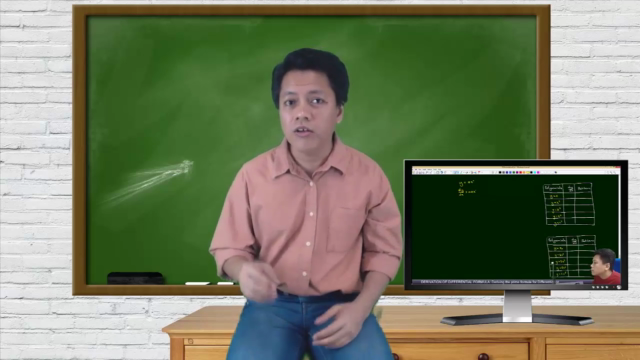
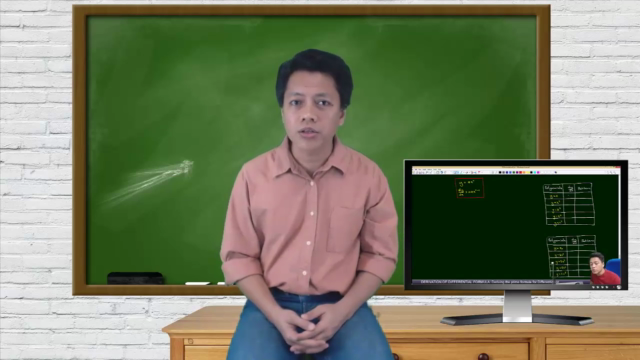
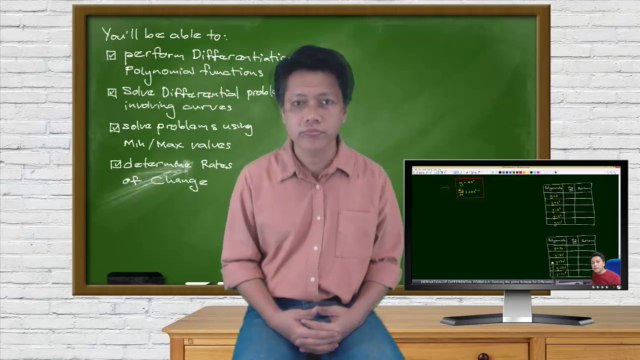
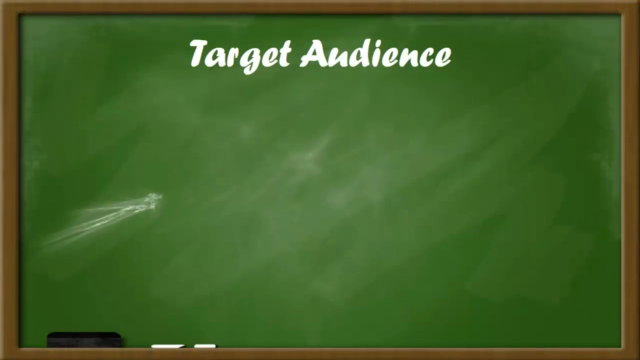
Related Topics
449052
udemy ID
3/17/2015
course created date
1/21/2021
course indexed date
Angelcrc Seven
course submited by